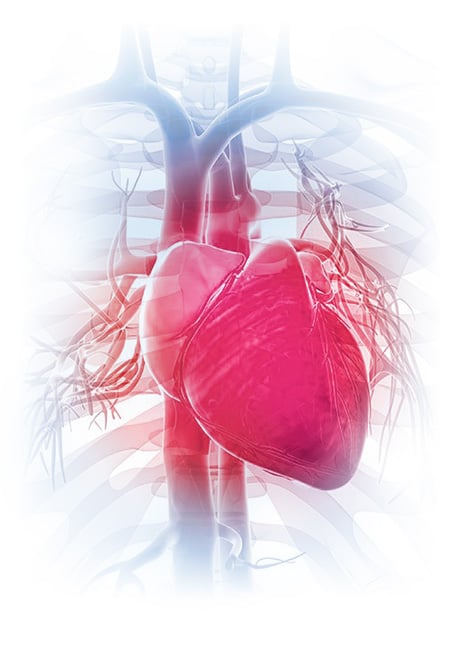Research Areas
Angiogenesis/Cardiovascular
Angiogenesis is the normal physiological process by which new blood vessels and capillary beds sprout from preexisting vessels, resulting in the creation or expansion of a vascular network within a region of tissue. The construction and maintenance of an architecture of blood vessels functions primarily to provide the hosting tissue, and those cells involved in its structure, with a means for importing those nutrients required for survival and maintenance, and removing unnecessary waste. Consequently, the angiogenic process is a fundamental component of embryonic growth and development, tissue repair and wound healing, the resolution of inflammatory responses, and the onset of neoplasia. The expansion of a vascular network is a relatively fragile process governed by a delicate balance between stimulatory and inhibitory factors, and is, therefore, highly susceptible to instances of disruptive interference at several levels. Occurrences of angiogenic perversion can result in pathological angiogenesis, which is characterized by the abnormally rapid and uncontrolled proliferation of blood vessels. Pathological angiogenesis is critical to the transitioning of a tumor to malignancy, and a contributing factor to a multitude of other diseases, including ischemic chronic wounds, cardiovascular disease, diabetic retinopathy, rheumatoid arthritis, macular degeneration, and psoriasis. Due to its involvement in such an array of diseases, the ability to manipulate angiogenesis through both natural and synthetic inhibitors and activators represents a promising prospect for the prevention and treatment of diseases characterized by abnormal vascularization.


